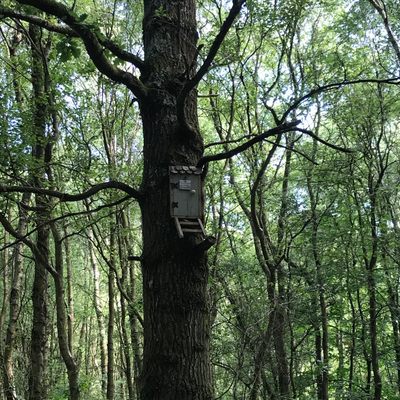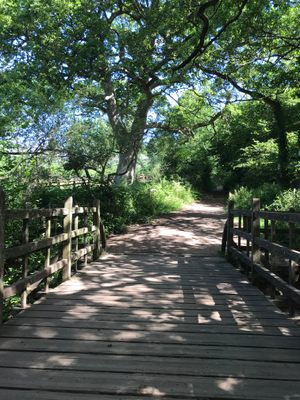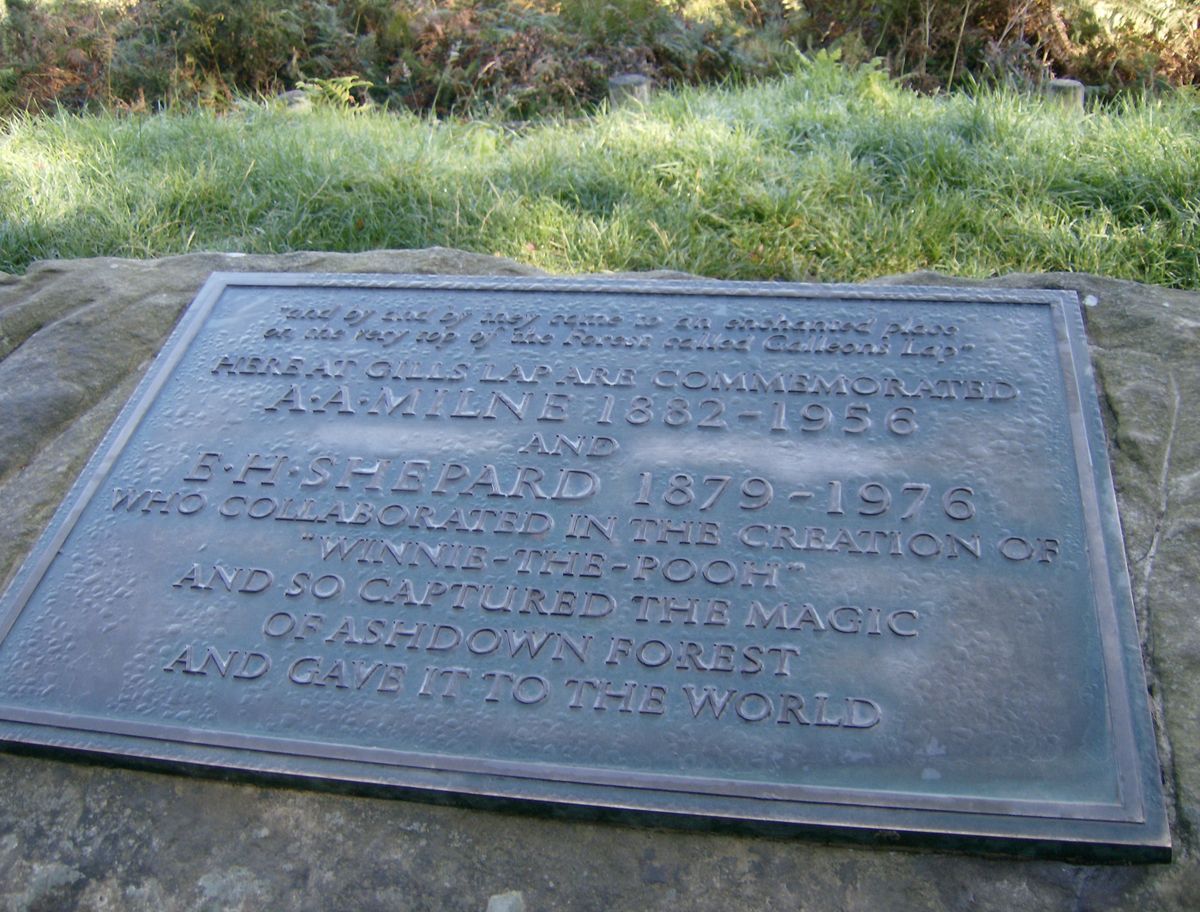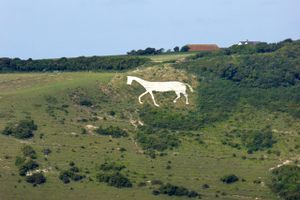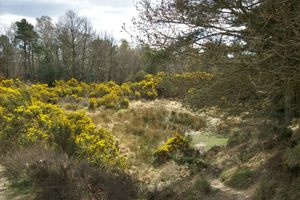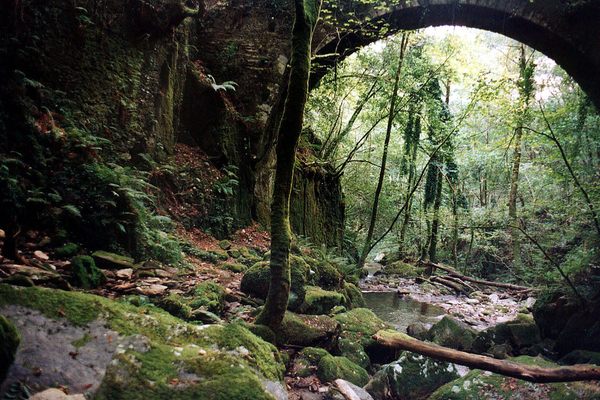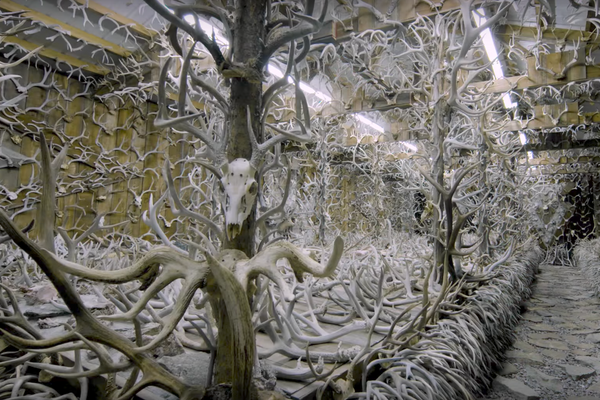About
Every year, more than a million people travel to Ashdown Forest to find the North Pole. Ashdown Forest is 40 miles south of London, but they’re not crazy. In the forest they'll find the Five Hundred Acre Wood, and somewhere in the Five Hundred Acre Wood is the place where Christopher Robin discovered the North Pole.
Five Hundred Acre Wood is the place that inspired the Hundred Acre Wood, the magical place in which a fictionalized version of A. A. Milne’s son, Christopher Robin, had adventures with Winnie the Pooh and friends.
In 1925, Milne bought a Cotchford Farm on the edge of Ashdown Forest in East Sussex, and he brought his family there on weekends and for extended stays in the spring and summer. The next year, he published the first collection of stories about a bear that would become one of the most beloved characters in children’s literature, Winnie the Pooh, based on his son, his son’s toys, and the family’s explorations of the woods by their home.
The book's illustrator, E. H. Shepard, was brought to Ashdown Forest to capture its essence and geography, and a plaque at Gill’s Lap (which became Galleon’s Leap in the Pooh stories) commemorates his collaboration with Milne and its importance to the forest. A pamphlet of “Pooh Walks” is available to visitors who want to visit places like Gill’s Lap, or Wrens Warren Valley (Eeyore’s Sad and Gloomy Place), the lone pine (where the Heffalump Trap was set), a disused quarry (Roo’s Sandy Pit), or, yes, the North Pole.
And of course, there’s a bridge for playing Poohsticks, a game in which sticks are dropped in a river and raced under a bridge. The bridge was originally built in 1907 and rebuilt in 1999. The area around the bridge is frequently stick-free because of the popularity of the game among visitors.
The only commercial Pooh-related attraction is the Disney-run Pooh Corner shop in nearby Hartfield, but the forest is mostly free of such things. Since the forest is technically a heath (a shrubland with mostly low-growing woody plants), which is rarer around the world than tropical rainforest land, it has been protected and funded by the European Union. The conservation process is interesting, since it relies on grazing animals to keep the area looking the way it would have back when Milne was wandering the woods. Back then, a lot of people had herds grazing on the land, which kept growth low to the ground, but these days herds have to be employed by forest officials to graze. They also use controlled forest fires to keep the heath from becoming woodland. It doesn’t help that these methods can be confusing for the public, which often sees them as hurtful to the beloved forest rather than helpful.
Whatever the future holds for it, the forest remains as enchanting as it was when it inspired Winnie the Pooh’s neighborhood, and “the whole world spread out until it reaches the sky” is still visible from Gill’s Lap.
Update April 2019: The forest has been badly damaged by a wildfire.
Related Tags
Know Before You Go
Train to Royal Tunbridge Wells, then walk the rest of the way.
Community Contributors
Added By
Published
May 4, 2017
Sources
- https://www.ashdownforest.org/enjoy/walking/docs/Walk1_PoohWalksFromGillsLap.pdf
- https://en.wikipedia.org/wiki/Ashdown_Forest#Winnie-the-Pooh
- http://www.telegraph.co.uk/travel/destinations/europe/united-kingdom/articles/ashdown-forest-hundred-acre-wood/
- http://www.huffingtonpost.com/entry/real-hundred-acre-wood_us_569ce8d6e4b0ce49642513eb
- https://www.theguardian.com/travel/2011/apr/10/winnie-pooh-ashdown-forest
- http://time.com/4526257/ashdown-forest-winnie-the-pooh/







